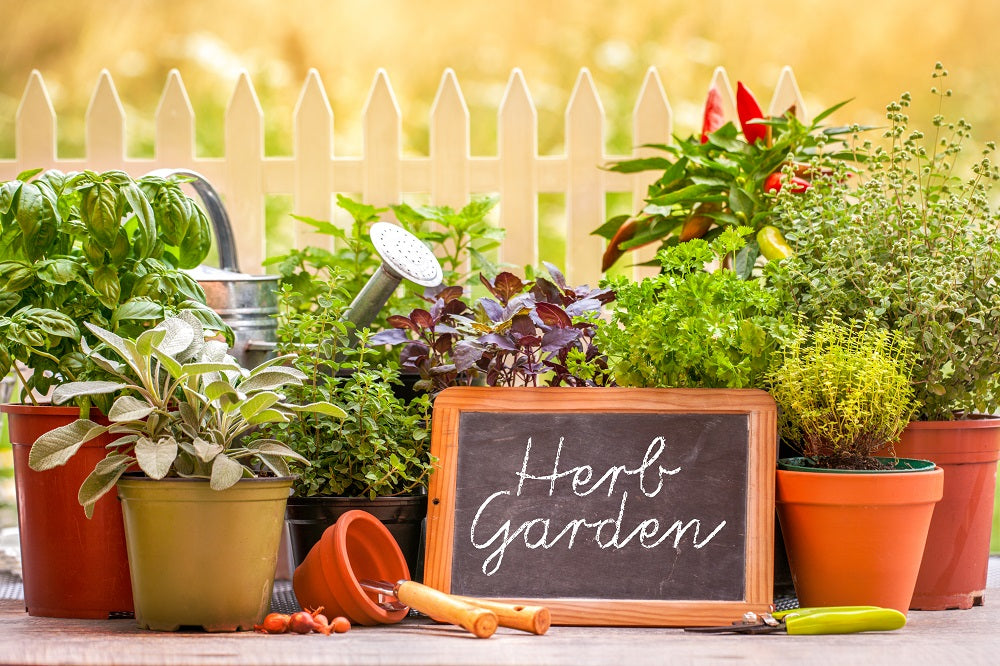
6 Home Gardening Mistakes
If your plants are not thriving, then you may have made one or two of the mistakes down below. We gardeners typically prefer learning things the hard way. But it sometimes comes at a cost especially when growing your plants at home. And it is such a waste when you do gardening the wrong way. So, let’s take a look at 6 most common home gardening mistakes that you should avoid.
1. Planting without a plan
Whenever you go out, there’s always a chance that you might find yourself buying things that you didn’t plan for. And in the process, you might find yourself buying a plant for your kitchen. There’s a lot that goes to planning for a home garden. It’s not something that you wake up one day and decide. You need to learn about it before diving in headfirst. You need to find the appropriate plant and a beautiful garden planter that you can use. Moreover, before you decide to make a garden in your home, do enough research on plants that can grow well in your environment.
2. Inappropriate Preparation of the beds
Most of the common mistakes that are made during gardening, for lack of better words, are simply because of sheer laziness and ignorance. To be more specific, the tiny holes that we typically make with our fingers usually seem like enough room for the seedlings. But without proper care, the soil will soon dry up and become rock solid.
This will make it difficult for the roots of the young plant to penetrate the soil. Eventually, you will have plants with stunted growth. You need to make sure the bedding is soft by adding a little compost and leaf mold will ensure the roots of the young plant will be able to run through the soil.
3. Overwatering
Without a doubt, overwatering will likely lead to growth problems in your flowers or plants. It’s like killing your plant with too much love. I guarantee you that most gardeners are guilty of this crime. Typically, frequent watering is necessary until the cuttings or seedling in the grow bags are established. However, once they are able to have a well-developed root, then water the plants in intervals.
In most cases, plant roots do not like sitting in a pool of water. Just like any other tissue in the plant, the roots will also need to breathe. Therefore, they will drown in case all the air pockets found inside the soil are full of water. More importantly, you also need to remember that even if the top looks like it’s totally dry, there is a chance that the lower soil layers could be soaking with water.
Plants that are frequently watered will become tender and wilt easily especially in the sun. But when the watering interval is increased, the plants toughen up and become survivors. That will also depend on the type of flower or plant you are planning to plant. However, this routine will not work for vegetable since it will increase the stress in their yield.
4. Watering the Leaves
We’ve all fallen prey to this mistake. Overhead watering of your plants is not the most effective way. Not only do you risk wasting too much water since it’s likely to be blown away by the wind but also the wet leaves will become breeding grounds for disease and fungus.
You can consider using drip irrigation to reduce this problem. That way, the plants will be able to get the water from the soil directly into the roots to where they need it the most. You can also schedule your watering in the early morning hours to reduce premature evaporation due to the heat of the sun. Additionally, you need to remember that overwatering during the night can also encourage diseases.
5. Not considering the Sun
This is another thing that most homeowners seem to forget. Yes, plants will definitely need sunlight to grow and there’s a chance that you have placed your plant where it can get direct sunlight.
However, how many hours of sunlight is the plant exposed to? If the plant is not exposed to enough sunlight hours, then it will likely have growth problems. You will have to monitor the area where you are planning to place the planter before placing your plant in the exact same spot.
More to that, each plant has its own requirement when it comes to sunlight. Some plants actually prefer to grow in the shade rather than growing under direct sunlight. So, you need to do your research before going to buy a plant.
6. Shallow Watering
This is a very common gardening mistake that everyone is prone to make during their first few years in gardening. In most cases you will either use a sprinkler or a handheld hose to water your plants, giving them a nice shower. The problem with this is that you end up washing down all the dust on your plants and spraying the top growth which could easily spread fungal diseases as well.
Watering from above feels quite satisfactory, however, you tend to forget that with this type of watering, the roots get very little water. Therefore, your plants will be looking all tired in the afternoon compelling you to give them another nice shower. In short, shallow watering simply makes your plants too dependent on frequent watering.
Hence, they end up wilting and withering too fast since their roots are very shallow on the ground. In that case, you should cut on your frequency of watering the plants and instead consider some methods that will deeply irrigate them. The best option in such a case is drip irrigation, as mentioned earlier. This will at the same time save you a lot of time and water.
Before You Go…
Well, there you have it! I’m sure you didn’t know some of the mistakes can actually affect the growth of your plant. Thankfully, you are now able to avoid these mistakes. That said, having a flower or a plant in your home will change the atmosphere of the entire house. So, stick around for more information articles on plants and how to get the most out of your gardening skills.

1 comment
Great article! Thank you so much for sharing this very informative blog.
Eco-Friendly Nano-Carbon Bio-Stimulant